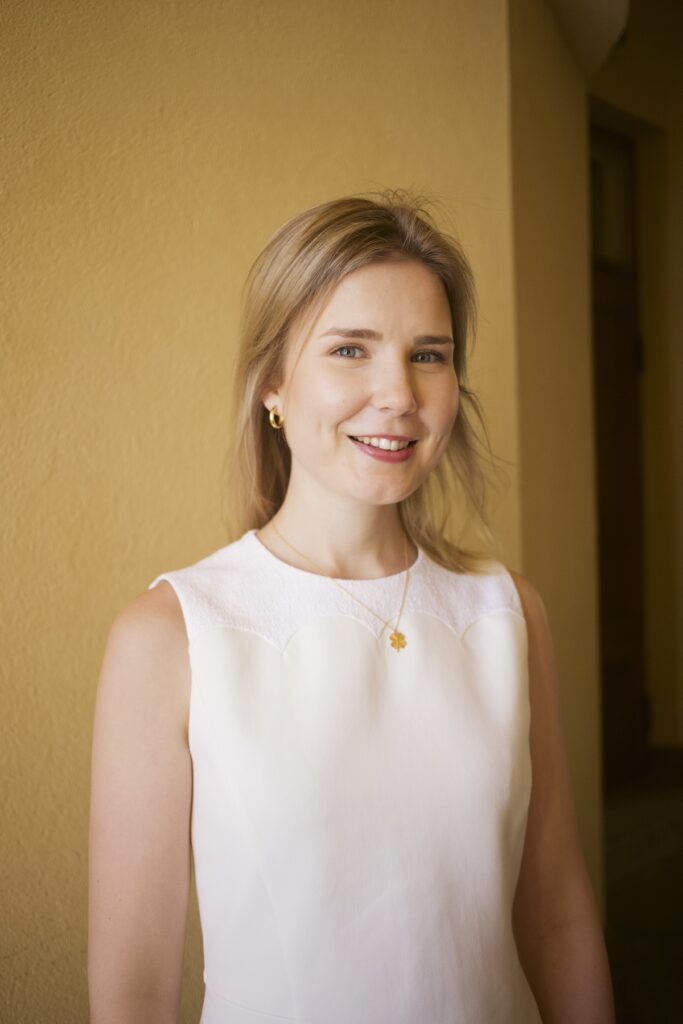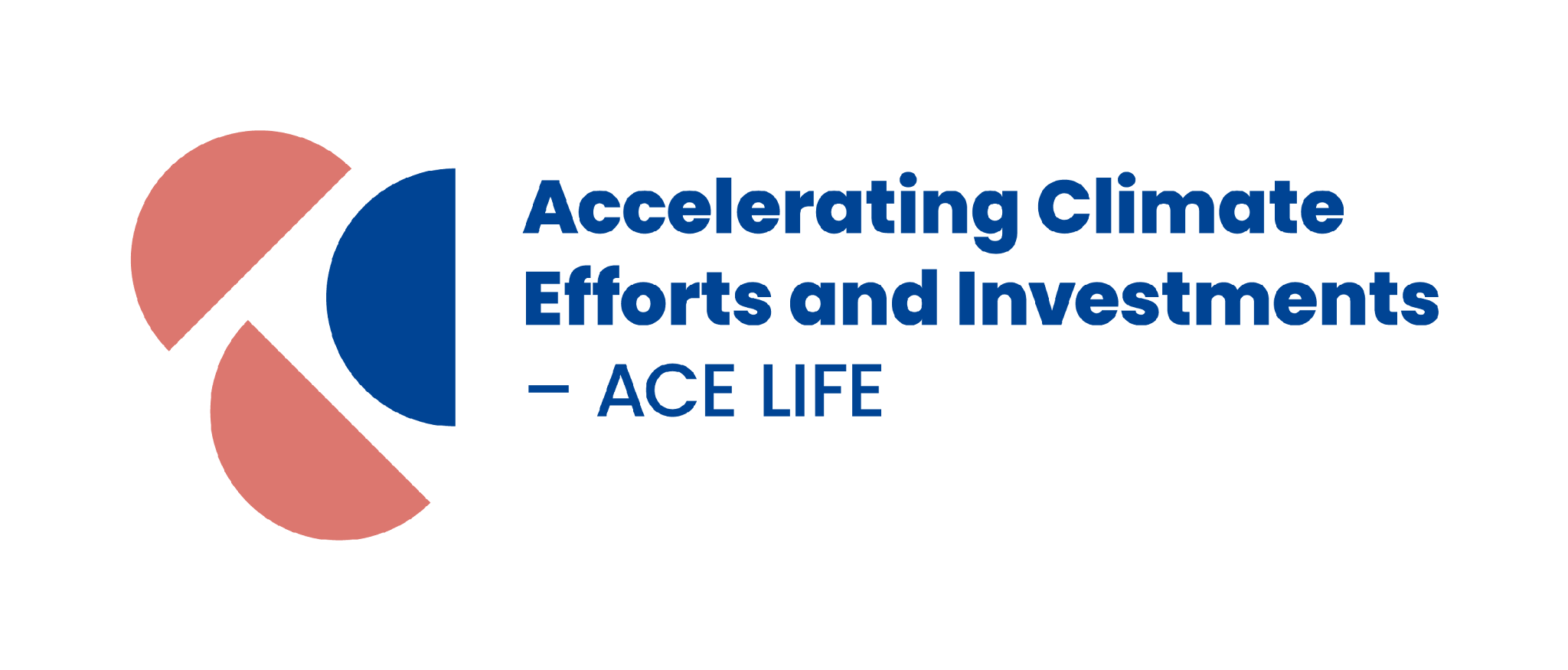The first-of-a-kind valley of death is quite a mouthful but it has become the new buzzword in the world of financing climate technologies. It is what many investors, entrepreneurs as well as government officials are working eagerly to overcome, and success therein would enable crucial climate impact.
Often referred to as FOAK (first-of-a-kind) project, the term relates to the first-ever implementation of a new technology at significant scale with the goal of proving the technology’s viability at an industrial scale. Examples of FOAKs in climate tech include among others H2 Green Steel’s zero CO2 steel facility in Sweden and Climeworks’ large-scale CO2 removal plant in Iceland.
“Climate tech is not an app” like Mala Valroy from Industrifonden recently well put it, but impact is rather largely driven by hardware technologies. Therefore we need to finance a whole lot of FOAK projects to reach net zero – and the faster the better. As only through commercializing and scaling climate technologies can we truly reduce emissions.
The good news is that many of the climate technologies needed to reach net zero already exist: McKinsey suggests that as much as 90% of 2050 baseline man-made emissions could be abated with existing climate technologies. Scaling these technologies however has its challenges and the success of doing so should not be overlooked but rather widely spread for others to benchmark.
From the investor perspective, the challenge is that financing FOAK projects is a no-man’s land. These projects are typically too large for venture capital investors with capital needs ranging from tens of millions to single billions of euros, while still too risky for infrastructure and private equity funds.
This has led to a significant financing gap – the FOAK valley of death, which in the Nordics was recently also evidenced by the national public cleantech financiers Tesi (Finland), the Finnish Climate Fund (Finland), Industrifonden (Sweden), Almi Invest (Sweden), Nysnø (Norway) and Investinor (Norway).
FOAK projects call for a more forward-looking and patient investment approach but do also entail significant return potential. Let’s dive a bit deeper into what the industry is saying about the challenge.
Unraveling the complexity of scaling climate technologies: navigating risks and challenges
There are many risks associated with FOAK projects and at least as many ways to mitigate them. Various guides and tools have also been developed to support financiers and entrepreneurs to navigate the process, The Climate Brick is one to mention. What’s important to note however is that the risks and challenges vary between different industries within climate tech from alternative proteins to green hydrogen to plastic recycling. There is no “one size fits all” approach to solving these challenges.
On a general note, many of the risks stem from the fact that the technology has not yet been proven on a significant scale. In addition to a pilot and demonstration implementation of the technology, sometimes also third-party technical due diligence reports can serve as a way to mitigate technology risk.

When it comes to novel technologies, there are also various commercial risks associated with the investments. When the market for the supply of for example, a new sustainable material, is only developing, disparities between the demand and supply side may appear meaning that there is no demand since there is no supply, and no supply since there is no demand.
Financiers and especially lenders tend to require finalized offtake and feedstock agreements to be in place prior to the investment, preferably at a fixed price. Such requirements can pose significant challenges for the company to attain and sometimes letters of intent are the best available option.
To solve such challenges, a multi-stakeholder approach is required to support the transition of the entire industry and working with strategic investors can prove impactful. A widespread view is also that governmental financiers should be among the first ones taking on such risks in order to mobilize private capital.
Defining a new asset class: bridging the gap between venture capital and infrastructure investments for climate tech
Financing the implementation of new capital-intensive climate technologies poses a novel challenge for many financiers, as it does not neatly align with traditional venture capital structures. Unlike financing Software as a Service (SaaS) businesses, the capital requirements for these climate technologies are typically much higher and profits are made over a longer time period.
Conversely, such investments often fall short of the investment thresholds set by infrastructure funds, which primarily target large-scale projects like roads, electrical grids, and bridges – ventures known for their reliability and predictability. This gap in funding necessitates the emergence of a new asset class tailored to the unique needs of climate technologies, somewhere in between venture capital and infrastructure funds.
Question arises whether foundations could act as a bridge builder in FOAK projects between the financiers, entrepreneurs, researchers and the public sector.
To bridge this gap, innovative financing mechanisms need to be developed combining philanthropic capital with government funding and market-based investments and debt financing. Although sometimes overlooked, philanthropic capital does have the ability to catalyze private capital and de-risk investments, and above all, bring the public sector, researchers, financiers and corporations together to drive impact. One of the most known and groundbreaking actors having implemented such a solution is Breakthrough Energy, founded by Bill Gates in 2015.
“At Breakthrough Energy, we are singularly-focused on eliminating the ‘green premium’ on clean technologies. Doing so requires bringing large-scale and first-of-a-kind technologies to commercialization – which is no easy feat. It requires both enormous amounts of funding and a delicate balance of risk among the public and private sector”, says Julia Reinaud, Senior Director of Breakthrough Energy Europe.
To solve exactly this problem, Breakthrough Energy has launched a Catalyst program where by partnering private investment with public funding from the European Commission and the European Investment Bank they have been able to advance toward commercialization both Orsted’s FlagshipONE, the largest late-stage e-methanol project in Europe, and Energy Dome, a novel long-duration energy storage technology.
“Both projects are an important part of Europe’s path to Net Zero – and are among the many cutting-edge technologies that will help bring down the cost of the clean energy transition. We have more projects in the Catalyst pipeline, and we believe if we can build on this shared-risk model, someday green technology in Europe will just be technology”, concludes Julia.
Cooperation between investors, entrepreneurs and policymakers is crucial – can foundations help build bridges?
Climate solutions often demand interdisciplinary approaches with cutting-edge technologies, which may be a new territory to some investors. As many climate tech investors also tend to be generalist investors, meaning that they invest sector-agnostically, it can become challenging to stay up to date on multiple if not all climate technologies.
To address this challenge, investors need access to science-based information especially about the technology, its readiness and impact, and the market potential and business case presented in a clear and quick-to-grasp way.
From the entrepreneurs’ perspective on the other hand, the needed understanding of relevant financial concepts can pose a challenge to founder teams with pure engineering backgrounds. As FOAK projects typically resemble infrastructure investments, although on a smaller scale, the financial structuring can become quite more complex compared to operational bank financing or venture capital rounds. All of a sudden entrepreneurs need to be able to speak banklish and master concepts such as commissioning, cross-defaults, maintenance bonds, special-purpose vehicles, structural subordination and the list goes on.
Investors need access to science-based information about the technology, while entrepreneurs need to be able to speak banklish.
The FOAK valley of death also necessitates policy support and certainty to mitigate investment risks and incentivize funding in innovative climate solutions. Clear and stable policies are of utmost importance to provide financiers with the confidence to commit capital to long-term projects. By establishing supportive regulatory frameworks and working together with all relevant stakeholders, policymakers can create a conducive environment for innovation and growth in the climate financing sector, ultimately accelerating the transition to a sustainable future.
As foundations are quite uniquely positioned in the intersection between research and innovation, the public sector and the financial industry, a question arises on the role of foundations as bridge builders in FOAK projects. This is a topic that we are currently looking into at the TAH Foundation as part of our work in the ACE project, as we are focusing on scaling up more financing to climate technologies. Relevant policy proposals will also be formed together with the Finnish Ministry of the Environment and Finnish Environment Institute (SYKE).
Multi-stakeholder cooperation can enable significant impact as well as profits
Despite the complexities involved, the substantial return potential of asset-heavy climate tech investments underscores their critical role in addressing climate change and creating lasting value for investors and society as a whole. Through the combination of market demand, supporting policy and fit-for-purpose financing, significant impact as well as profits are achieved.
Eventually, overcoming the FOAK valley of death depends on much more than purely money. Multi-stakeholder cooperation, knowledge sharing, and innovation for fit-for-purpose financing mechanisms are of utmost importance to bridge the gap.


Cover image by DALL-E 3.

Auli Nikkilä works as a Climate Finance Specialist at the TAH Foundation.

